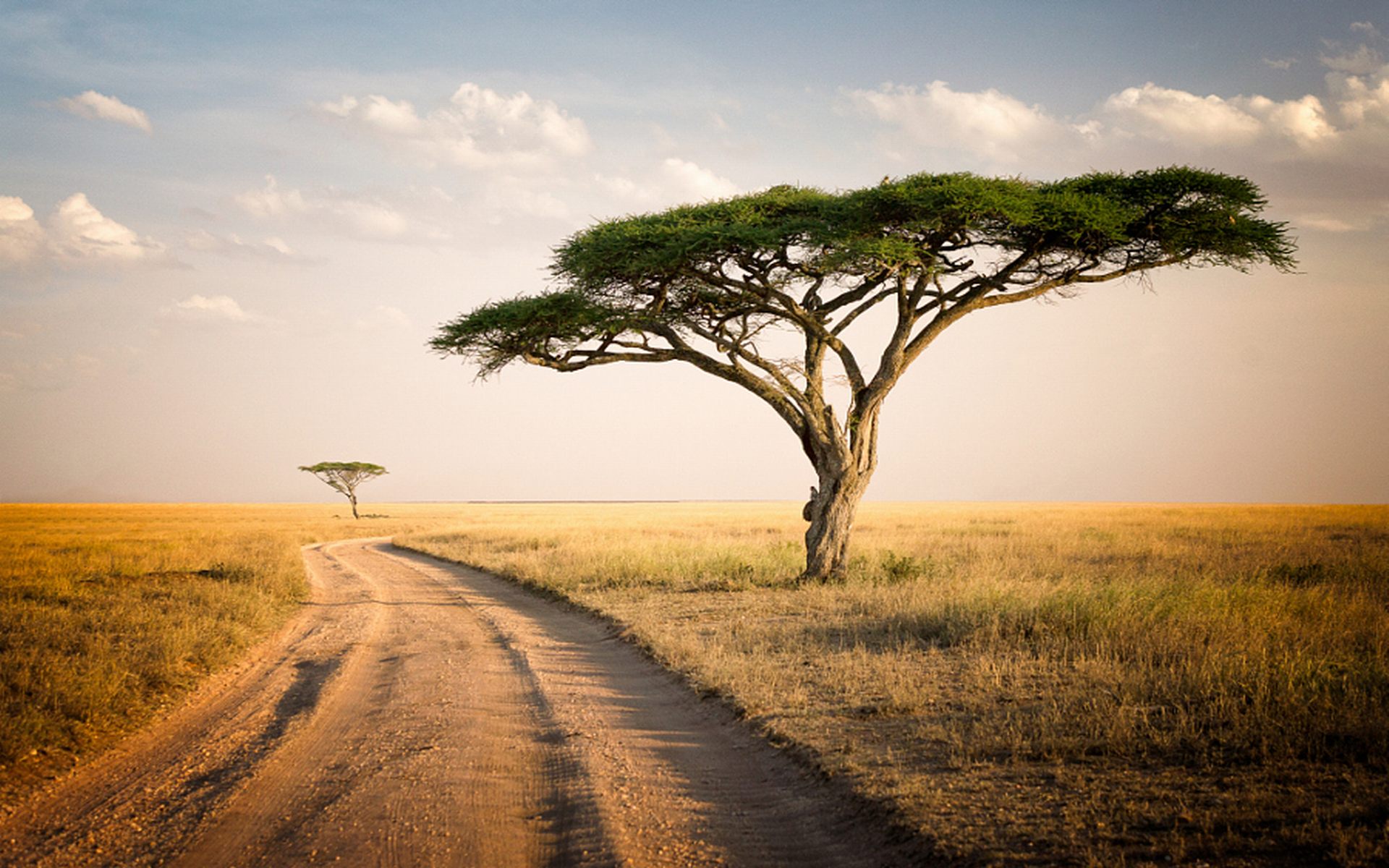- Home
- About Us
- Tel : +91 33 4022 9591
SerengityView all the popular packagesOffers
1 Popular Packege(s)
Area 14763 Square Kilometers
Population 0.25 Million
Winter Temperature 15˚C
Summer Temperature 25˚C
Best Time To Visit June to October.
BY AIR

The nearest international airport to the Serengeti is Kilimanjaro Airport (IATA: JRO) near Arusha.
BY CAR
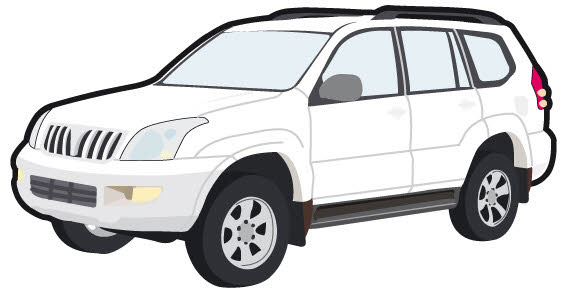
The main access road into the Serengeti from Arusha passes the gate of Lake Manyara National Park, mounts the Rift Valley Escarpment, goes on through communal farming lands to the Ngorongoro Crater Conservation Area, drops down onto the plains past Olduvai Gorge to the east, and enters the Serengeti through Naabi Hill Gate. The distance is 325 km and the drive takes around eight hours.
Lake Lagarja / Lake Masak
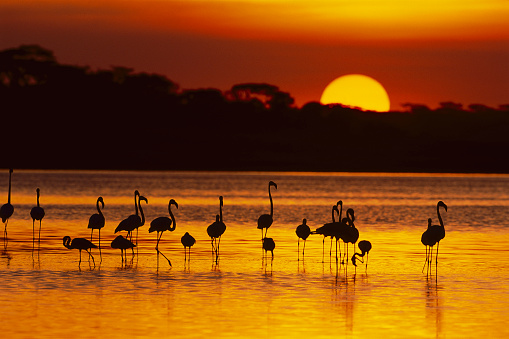
From December to May, depending on the rains, the large herds are concentrated on the low lying grass steppe between Olduvai, Gol, Naabi and Lagarja. A base on Lake Masak or Lake Lagarja is then ideal because one can travel from there in all directions. Day excursions take one into areas that are little known so that you can enjoy in peace an animal paradise.
Moru Kopjes and Seronera
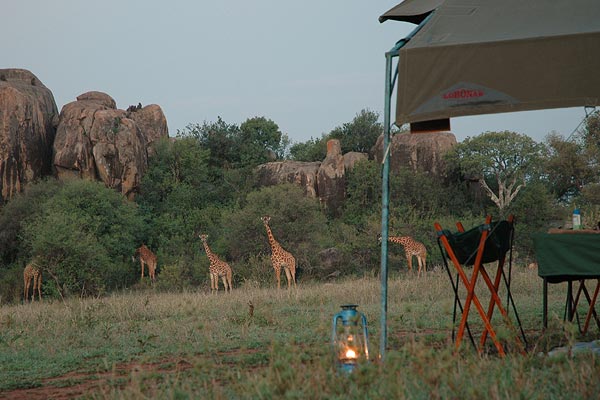
Here the savanna animals are joined by species that have adapted to living in the rocky cliffs. From here, or whilst in transit, you visit Seronera in the centre of the park searching for rare leopards and cheetahs. You can also enjoy the ever changing landscape with gallery forests, kopjes and water holes.
Lobo, North Serengeti
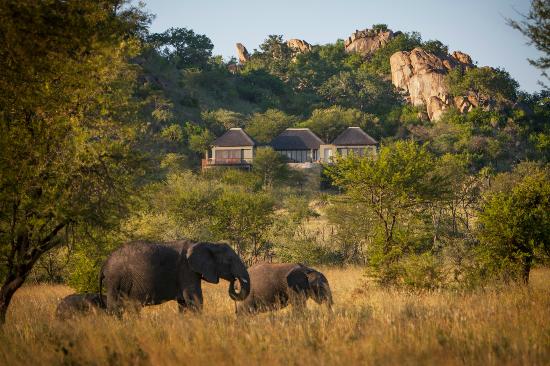
The North Serengeti is very different from the grassy plains in the South. As there is always water present the big herds retreat there in the dry season. In addition there are many species that live here permanently and you will also fairly regularly see elephants. A world for itself are the Bologonja Springs on the border to Kenya. The 'Corridor', West Serengeti.
Shopping
Being almost Vacant with human population, there are no such proper shopping centers in and around Serengeti.
In Arusha, however, and other major towns you will find curio markets where you can buy all sorts of carvings, masks, Maasai spears, textiles, drums, tinga-tinga paintings, batik work, silk shawls, locally made jewelry, coffee, etc. The Arusha Heritage Centre offers a large variety of souvenirs and crafts. Also, The Sayari Camp had arrangements with locals to supply a little "gift shop" and the money goes right back into local programs.
Restaurants
All the lodges in the game reserves has it's own restaurants so there are no separate restaurants.

